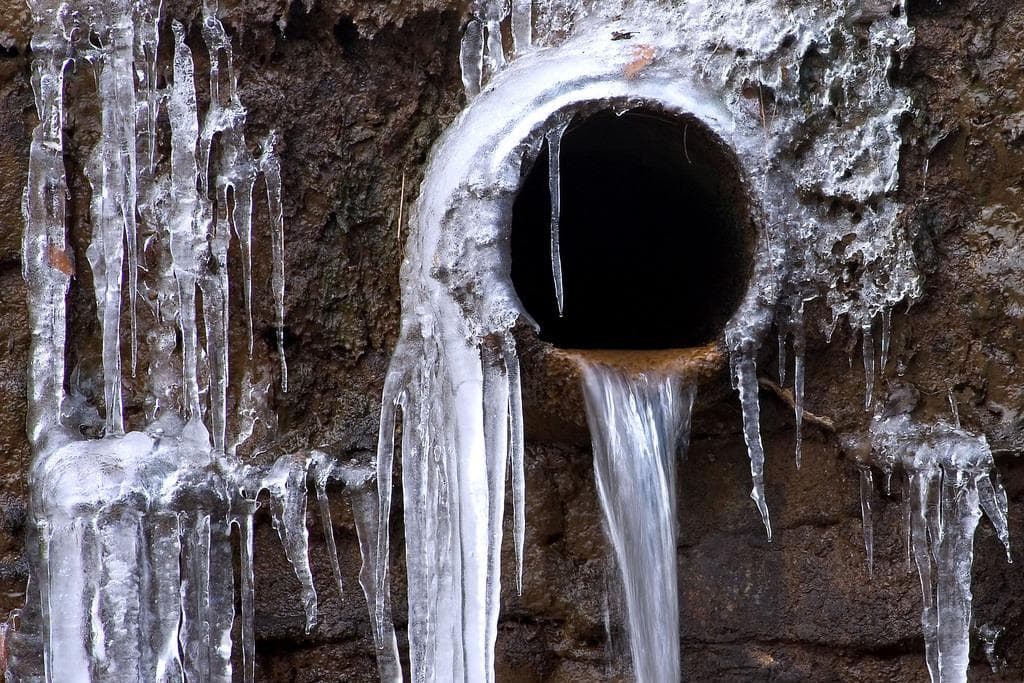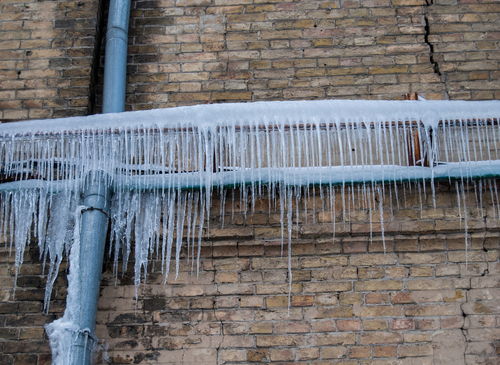Important Tips for Preventing Frozen Pipes in Winter Seasons
Important Tips for Preventing Frozen Pipes in Winter Seasons
Blog Article
Are you currently hunting for resources concerning How to prepare your home plumbing for winter weather?

Winter can damage your pipes, especially by freezing pipes. Here's how to prevent it from occurring and what to do if it does.
Introduction
As temperatures drop, the threat of icy pipes increases, possibly causing expensive repair work and water damage. Understanding how to prevent frozen pipelines is critical for homeowners in cold environments.
Prevention Tips
Shielding susceptible pipes
Cover pipes in insulation sleeves or make use of heat tape to shield them from freezing temperatures. Concentrate on pipes in unheated or exterior locations of the home.
Home heating methods
Maintain indoor spaces adequately heated up, specifically locations with plumbing. Open cabinet doors to allow warm air to distribute around pipelines under sinks.
Just how to identify frozen pipes
Search for reduced water circulation from taps, unusual odors or noises from pipes, and visible frost on exposed pipelines.
Long-Term Solutions
Architectural changes
Take into consideration rerouting pipelines far from exterior wall surfaces or unheated locations. Include additional insulation to attics, cellars, and crawl spaces.
Upgrading insulation
Buy high-grade insulation for pipelines, attics, and walls. Correct insulation helps keep constant temperature levels and minimizes the risk of icy pipelines.
Securing Outdoor Plumbing
Yard pipes and outdoor faucets
Separate and drain yard hoses prior to winter months. Install frost-proof faucets or cover outside taps with insulated caps.
Understanding Frozen Pipes
What triggers pipelines to freeze?
Pipelines ice up when subjected to temperature levels below 32 ° F (0 ° C) for extended periods. As water inside the pipes freezes, it broadens, taxing the pipeline wall surfaces and possibly creating them to break.
Threats and problems
Icy pipes can result in water system interruptions, residential or commercial property damage, and expensive repairs. Ruptured pipelines can flooding homes and trigger substantial structural damage.
Indicators of Frozen Piping
Determining frozen pipelines early can avoid them from rupturing.
What to Do If Your Pipelines Freeze
Immediate activities to take
If you presume frozen pipelines, keep faucets available to ease stress as the ice melts. Use a hairdryer or towels taken in hot water to thaw pipelines slowly.
Verdict
Stopping icy pipes calls for proactive procedures and quick actions. By understanding the causes, indicators, and preventive measures, home owners can protect their plumbing throughout winter.
6 Proven Ways to Prevent Frozen Pipes and Protect Your Home
Disconnect and Drain Garden Hoses
Before winter arrives, start by disconnecting your garden hoses and draining any remaining water. Close the shut-off valves that supply outdoor hose bibs and leave the outdoor faucet open to allow any residual water to drain. For extra protection, consider using faucet covers throughout the colder months. It’s also important to drain water from any sprinkler supply lines following the manufacturer’s directions.
Insulate Exposed Pipes
Insulating your pipes is an effective way to prevent freezing. Pipe insulation is readily available at home improvement stores and is relatively inexpensive. Pay close attention to pipes in unheated areas such as the attic, basement, crawl spaces, or garage. Apply foam insulation generously to create a buffer against the cold. You can also wrap your pipes in heat tape or thermostat-controlled heat cables for added warmth.
Seal Air Leaks
Inspect your home for any cracks or openings that could let in cold air. Seal any holes around the piping in interior or exterior walls, as well as the sill plates where your home rests on its foundation. Additionally, make sure to keep your garage door closed unless you’re entering or exiting. Leaving it open creates a significant air leak that can lead to frozen pipes.
Allow Warm Air Circulation
During cold snaps, it’s essential to allow warm air to circulate evenly throughout your home. Leave interior doors ajar to promote better airflow. Open kitchen and bathroom cabinets to help distribute heat consistently around the rooms. If you have small children or pets, be sure to remove any household chemicals or potentially harmful cleaners from open cabinets for safety.
Let Faucets Drip
A small trickle of water can make a big difference in preventing ice formation inside your pipes. When temperatures drop significantly, start a drip of water from all faucets served by exposed pipes. This continuous flow helps prevent the water from freezing. Additionally, running a few faucets slightly can relieve pressure inside the pipes, reducing the chances of a rupture if the water inside does freeze.
https://choateshvac.com/6-proven-ways-to-prevent-frozen-pipes-and-protect-your-home/

As an enthusiastic reader on How to prepare your home plumbing for winter weather, I figured sharing that excerpt was worth the trouble. Sharing is caring. You never know, you may just be doing someone a favor. I recognize the value of reading our article about How to Prevent Your Pipes From Freezing.
Schedule Today! Report this page